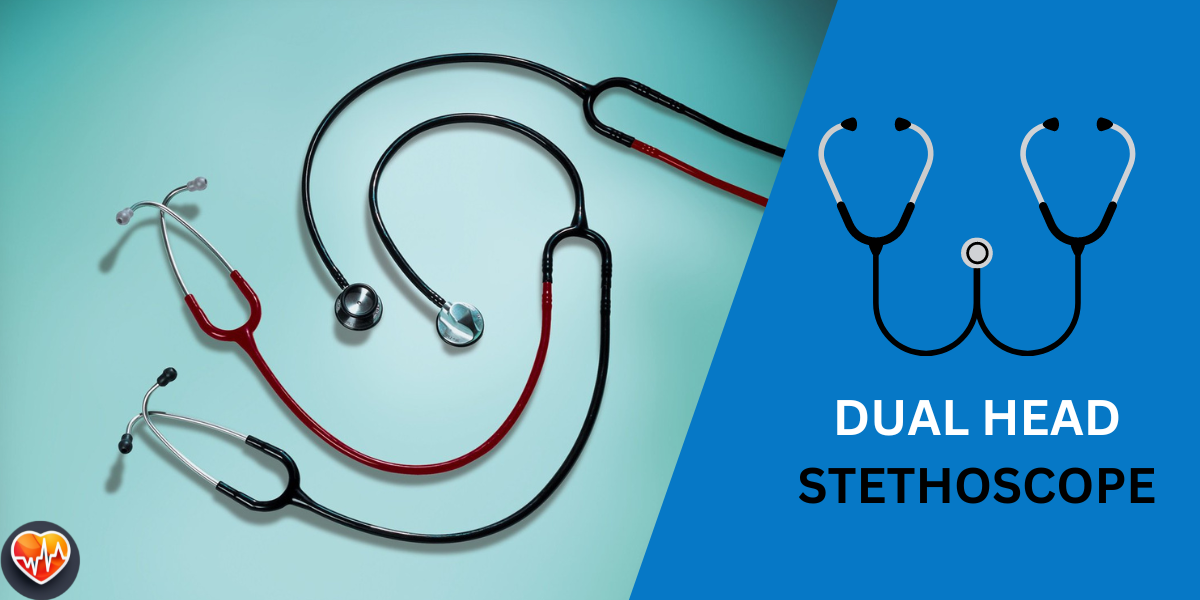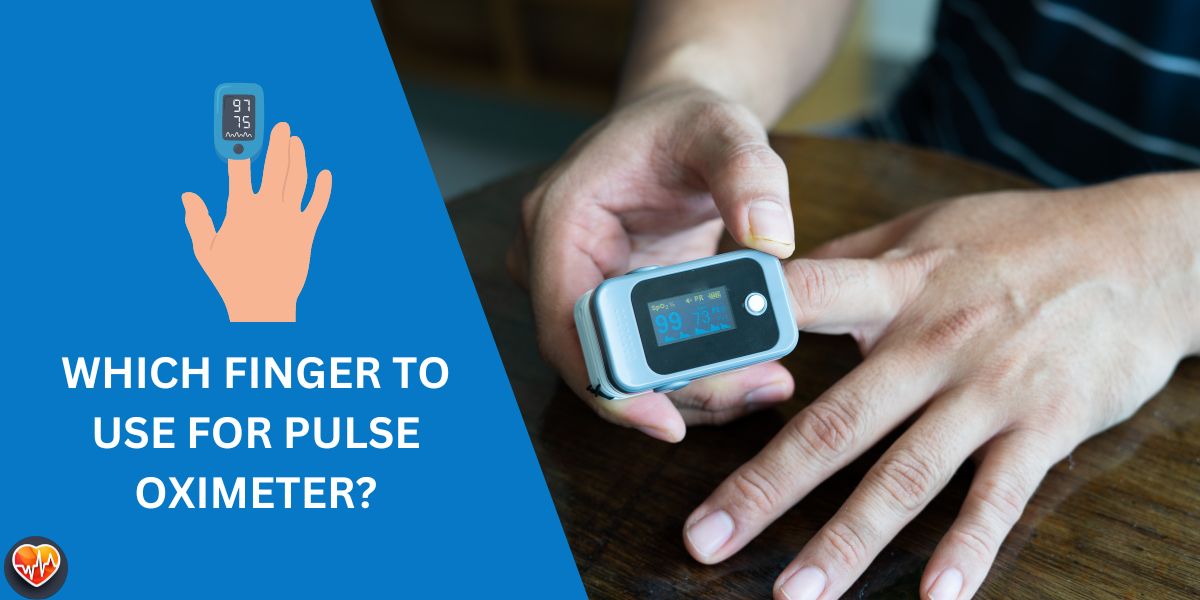
Have you ever been to the doctor and had them listen to your chest with that tool with the earpieces?
That’s a stethoscope!
But doctors didn’t always have one. They used to put their ear right on someone’s or woman’s chest to hear the heart—pretty awkward!
A French doctor, René Laënnec, distinguished remarkable ingenuity when he realized there had to be a better way.
In a stroke of brilliance, he fashioned a simple tube to amplify sounds. This was the first stethoscope, and it changed everything!
- A French doctor named René Laënnec was uncomfortable putting his ear directly on patients’ chests to listen to their hearts.
- In 1816, he got inspired by kids playing with a long wooden plank and realized sound traveled through it.
- He rolled up paper into a tube and used it to listen to a patient’s chest – the first stethoscope was born!
- Laënnec improved his design with wood and even named it “stethoscope” from Greek words for “chest” and “to examine.”
- He wrote a whole book on using the word stethoscope, making it a standard medical tool.
Early Doctors: An Awkward Situation
Imagine being a doctor way back in the early 1800s.
You want to check a patient’s heartbeat and lungs, but there’s a catch! The only method was “immediate auscultation,” which involved putting your ear directly on the patient’s chest.
This was super awkward, especially if your patient was a young woman. Also, the early stethoscope could have been better.
That’s where a brilliant French doctor named René Théophile Hyacinthe Laënnec comes in. He was determined to find a less embarrassing way to listen to those important internal sounds.
Doctors knew the heart and lungs made noises, but hearing them clearly was the problem.
Laënnec spent years at the Necker Hospital in Paris studying chest diseases.
His research made him a distinguished expert, but he still needed a better way to do his job!
Necessity Leads to Innovation

One day in 1816, Laënnec had a moment that changed everything!
He wasn’t even at the hospital. He saw kids playing with a long wooden plank. One kid would scratch one end, and the other kid could hear it super clearly on the other end.
This gave Laënnec an idea!
He rushed back to the hospital, grabbed a bunch of paper, and rolled it into a tight tube.
Would this work to hear a patient’s chest sounds better?
He found a woman with heart problems and gave it a try. To his amazement, the heart sounds were louder and clearer than ever before!
The First Stethoscope is Born
Laënnec knew he was onto something big.
He replaced the paper with a hollow wooden tube about a foot long and experimented with different designs.
This wooden tube was the world’s first stethoscope! He even invented a fancy name for it, using the Greek words “stethos” (chest) and “skopein” (to examine).

His new stethoscope was a game-changer.
Instead of those muffled sounds against his ear, Laënnec could now detect all sorts of heart and breath sounds that helped him make better diagnoses.
The Evolution of Design
Laennec didn’t keep his invention a secret.
In 1819, he published a huge book called “De l’Auscultation Médiate”.
This basically means “listening with a tool,” and the book was a complete guide to using the stethoscope.
Imagine it as the world’s first stethoscope instruction manual!
It explained what different sounds meant, helping doctors determine what might be wrong with their patients.
The stethoscope quickly caught on as other doctors realized how awesome it was. However, that first wooden model could have been better.
It only had one earpiece, making it hard to really focus on the sounds.
Soon after, an Irish physician, Arthur Leared, invented a stethoscope with two earpieces, A refined binaural stethoscope.
This gave a slight stereo effect, making it even easier for doctors to listen.
Another improvement came when doctors ditched the rigid wood and started experimenting with flexible tubes.
These were much more comfortable to use! Over time, the stethoscope continued to evolve, leading to the modern stethoscopes healthcare professionals use today.

The Stethoscope’s Amazing Legacy
The stethoscope might look pretty simple, but it completely transformed how doctors work.
Think about how hard it would be to diagnose problems with the heart, lungs, or even the stomach without hearing those internal sounds!
The stethoscope gave doctors a new superpower.
René Laënnec’s invention helped launch a whole new way of examining patients.
Doctors could check on a heart’s rhythm, listen for abnormal lung sounds, and so much more. They could detect diseases earlier, helping patients get treatment sooner.
Even with fancy medical technology like X-rays and MRIs, the stethoscope remains a doctor’s best friend.
It’s still one of the first things they reach for during a checkup!
From a simple rolled-up paper tube to essential medical equipment – that’s the incredible story of the stethoscope.
Laennec’s Masterwork and Lasting Impact
Remember that massive book Laennec wrote in 1819?
Its full title was way longer: “De l’Auscultation Médiate ou Traité du Diagnostic des Maladies des Poumons et du Coeur Fondé Principalement sur ce Nouveau Moyen d’Exploration”. Whew!
Despite the mouthful of a title, its importance is huge.
The book was like the ultimate stethoscope guide.
Laënnec described the different sounds associated with heart and lung conditions and explained how doctors could interpret them to diagnose.
This work was the foundation of how we understand and use stethoscopes even today.
Laënnec, a brilliant doctor and researcher, sadly passed away in 1826.

But his invention lived on, changing the world of medicine. The stethoscope became a symbol of doctors and healthcare workers everywhere.
And who knows – maybe Laënnec’s work inspired a whole new generation of young inventors looking to make a difference, just like he did!
The Stethoscope – More Than Just Medicine
We usually think of stethoscopes and doctors, but did you know there are other cool uses for this tool?
- Mechanics: Just like doctors listen to your heart, mechanics also use stethoscopes to listen inside car engines! They can detect strange rattles, squeaks, and other sounds that might signal a problem.
- Veterinarians: Vets love stethoscopes too! They use them to check on the hearts and lungs of our furry (and scaly and feathery) friends.
- A Symbol of Healthcare: You’ll often see stethoscopes in cartoons, on medical TV shows, and even on those “Get Well Soon” cards. It’s become a powerful symbol representing the whole world of doctors and healthcare workers.
It’s amazing how something invented over 200 years ago is still so important and even used in unexpected ways!
The Stethoscope – A Doctor’s Timeless Tool
We live in a time of incredible medical technology.
We have machines that can see inside our bodies in amazing detail, from X-rays to CT scans.

Yet, amidst all these fancy gadgets, the simple stethoscope still holds its place in a doctor’s toolkit. Why?
- Quick and Easy: Stethoscopes are always ready! A doctor can whip it out in seconds to quickly listen to your heart and lungs. This gives them important clues about your overall health.
- Portable: Unlike bulky machines, stethoscopes are small and lightweight. Doctors can easily carry them around on visits or in emergencies.
- The Human Touch: While technology is awesome, nothing replaces the personal connection between a doctor and a patient. That moment of listening to your chest creates a bond of trust.
The stethoscope is a reminder that sometimes, the simplest inventions can be the most powerful. Who knows?
The next world-changing medical breakthrough may also start with a simple but brilliant idea!
Conclusion
The stethoscope’s journey from a rolled-up paper tube to the iconic doctor’s tool is amazing.
Thanks to René Laënnec’s desire to help his patients, doctors gained a whole new way of understanding what’s going on inside our bodies.

The next time you visit the doctor, and they listen to your heartbeat, remember the story behind that simple device.
It’s proof that even small ideas can change the world!
And who knows? Maybe the next big medical breakthrough is just waiting for a curious mind, just like Laënnec’s, to make it happen.
Frequently Asked Questions
Who is credited with inventing the stethoscope?
a French physician, Rene Theophile Hyacinthe laënnec, invented the first stethoscope in 1816. He created it to find a less awkward way to listen to a patient’s chest sounds than putting his ear directly on their body. Diagnostic instrument is very important.
How did the original stethoscope work?
The earliest stethoscope was simply a hollow wooden tube. One end was placed against the patient’s chest, and the doctor listened at the other end. This amplified the internal sounds of the heart and lungs. Amplify sound is very important.
When was the first stethoscope with two earpieces invented?
An Irish physician, Arthur Leared, invented a modern stethoscope with two earpieces (called a binaural stethoscope) in 1851. This design improved the sound quality for doctors.
Why is it called a stethoscope?
Laënnec named his invention “stethoscope” from the Greek words “stethos” (chest) and “skopein” (to examine)—Clin med res.
What were some important milestones in the development of the stethoscope?
The differential stethoscope evolution saw it go from a rigid wooden tube to models with flexible tubing and refined chest pieces. Later versions improved sound quality, and modern stethoscopes use advanced materials and designs for the best possible diagnosis.













